Recently, there have been constant reports about frequent hostage crises in the Middle East. These kidnappings have increased each year and spread to places where footholds of (typically) terrorist groups reside. It is not unheard of for hostages to be sold or traded to other groups in return for other individuals, goods, or territory. The more recent story I have heard was about James Foley’s capture and beheading by the Islamic State of Iraw and the Levant (ISIL or sometimes, ISIS), but there are many more groups and stories in and out of Westernized societies that have yet to be uncovered.
Hostages “are a commodity,” says Scott Stewart, vice president for tactical analysis of Stratfor, a global intelligence firm in Austin, TX. It’s effective because it creates the suspense necessary for a gripping news story and to hold people’s attention. Whether we like it or not, we are (myself included) drawn to dramatic situations and uncertainty keeps us hooked. I am constantly hoping that everything will “turn out okay” each time I hear of a new story with hostages, but more often than not, they end in killings or other negative consequences.
In countries where kidnapping is common, militant groups work with tribes and criminals who snatch hostages off the street. The price the kidnappers get is significantly less than the millions the hostages will ultimately be worth, but the bandits make more money than they would in other criminal enterprises. However, since the United States (and similarly, Great Britain) is not among those countries that will pay ransoms, there is a higher risk for hostages to be executed and used in political and military statements and methods of persuasion.
There have been countless ransoms paid to these groups. An investigation earlier this year by the Times revealed that al-Qaeda and affiliated groups had earned at least $125 million from kidnappings since 2008. This is viewed as a rapidly growing business tactic as well as a political one. For example, the Islamic State militants have made “millions and millions” of dollars in ransoms for locals as well as foreigners, according to Danielle Pletka, a former staff member of the Senate Committee on Foreign Relations.
However, when the ransoms are not paid, or the group deems necessary, these hostages have been killed, put in slavery, or forced into other terrifying situations. Lynsey Addario, a New York Times photographer, shared a story of being kidnapped during the Libyan conflict in 2011: “Being blindfolded and bound is something you can’t really conceive until it happens…It was incredibly intense and violent…both psychologically and physically.”
My initial reaction to these types of stories is that it isn’t truly about the people these groups are kidnapping, even though they do choose people that they think are of high importance. From what I gather, terrorist groups have used more recent kidnappings for 2 main things: 1) to publicize the group’s ideology, beliefs, and goals and 2) to show that they “will be listened and paid attention to”. For example, when President Barack Obama responded to the murder video of James Foley, he showed that he acknowledged that ISIL had power and his attention. This makes them, in a way, “worthy” of their media presence because they have an audience that pays attention to them. Remember when your parents said “if someone bullies you, just ignore them”? It might’ve been best to do that in this case as well, as some reporters are arguing. It is no different in Arab media – terrorists crave an audience and it has been given to them countless times.
When dealing with these hostage situations, it is tricky navigation – as we all know. I am still baffled by the complexity of the operations and how negotiations are handled. In my opinion, though, one key to beating these kidnappings is to make them unprofitable. That is not to say that there shouldn’t be efforts to get them back, I am not saying that in any capacity, but there should be alternative methods to paying a random or trading resources. History is remarkably consistent – the neglect and appeasement of terror both fail, but what is left? Do you all agree with how hostage situations have been handled in the past? What can we do to change the current methods used? Left alone, terrorism will only continue to grow, and with that, the hostage crisis.
References: The White House, Middle East Forum, The Economist, USA Today, Mashable, AlJazeera, UN News Centre
Update on Nov. 19, 2014: U.S. Agencies Review Policy on Hostages


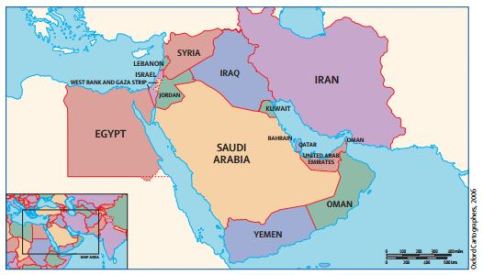
 While there are many similarities within the Arab nations and cultures about mental health, cultural and religious variations are predicted to be the keys to the success or failure of attitude and treatment towards the problem.
While there are many similarities within the Arab nations and cultures about mental health, cultural and religious variations are predicted to be the keys to the success or failure of attitude and treatment towards the problem.
 While the legend has changed some over the years, it is still told in many societies. Some believe that there are
While the legend has changed some over the years, it is still told in many societies. Some believe that there are 
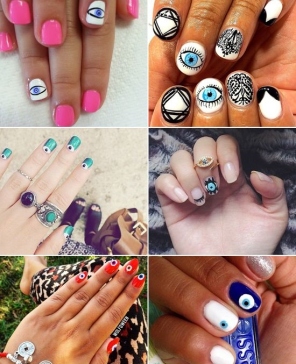 The hamsa is
The hamsa is 
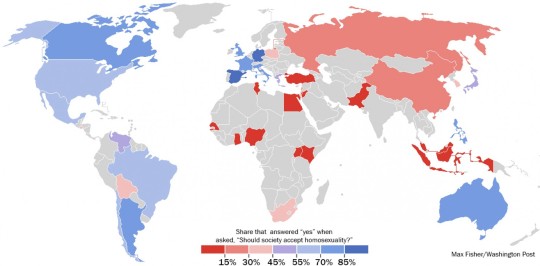


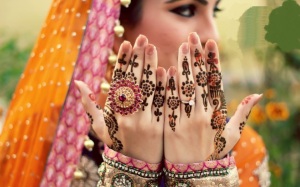

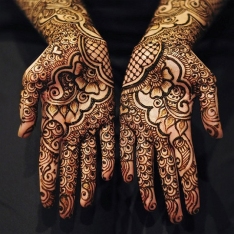 or tools from henna kits; all of these make the application easier, but require different skill sets. The paste is also made according to the artist’s skill level – if the paste is thicker, then it is harder to apply and if it is thinner, it is easier. The designs range from simple to intricate in every culture, but can have many distinct differences. Arabic henna designs are usually large, floral patterns on the hands and feet. Indian mehndi involves fine, thin lines for lacy, floral and paisley patterns covering entire hands, forearms, feet and shins. African henna patterns are bold, large geometric designs.
or tools from henna kits; all of these make the application easier, but require different skill sets. The paste is also made according to the artist’s skill level – if the paste is thicker, then it is harder to apply and if it is thinner, it is easier. The designs range from simple to intricate in every culture, but can have many distinct differences. Arabic henna designs are usually large, floral patterns on the hands and feet. Indian mehndi involves fine, thin lines for lacy, floral and paisley patterns covering entire hands, forearms, feet and shins. African henna patterns are bold, large geometric designs. and decorative way. Western societies have also adopted henna as a way to temporarily tattoo oneself (as seen right by the University Program Council at Ohio University) in addition to other methods of self-decoration. What is the cultural implication of henna as used in present day societies? I personally have gone to a party with henna and my friends and I match our henna designs. For me, it’s used as a personal bonding measure between my closest friends. Have you ever tried henna? What’s your favorite design?
and decorative way. Western societies have also adopted henna as a way to temporarily tattoo oneself (as seen right by the University Program Council at Ohio University) in addition to other methods of self-decoration. What is the cultural implication of henna as used in present day societies? I personally have gone to a party with henna and my friends and I match our henna designs. For me, it’s used as a personal bonding measure between my closest friends. Have you ever tried henna? What’s your favorite design?